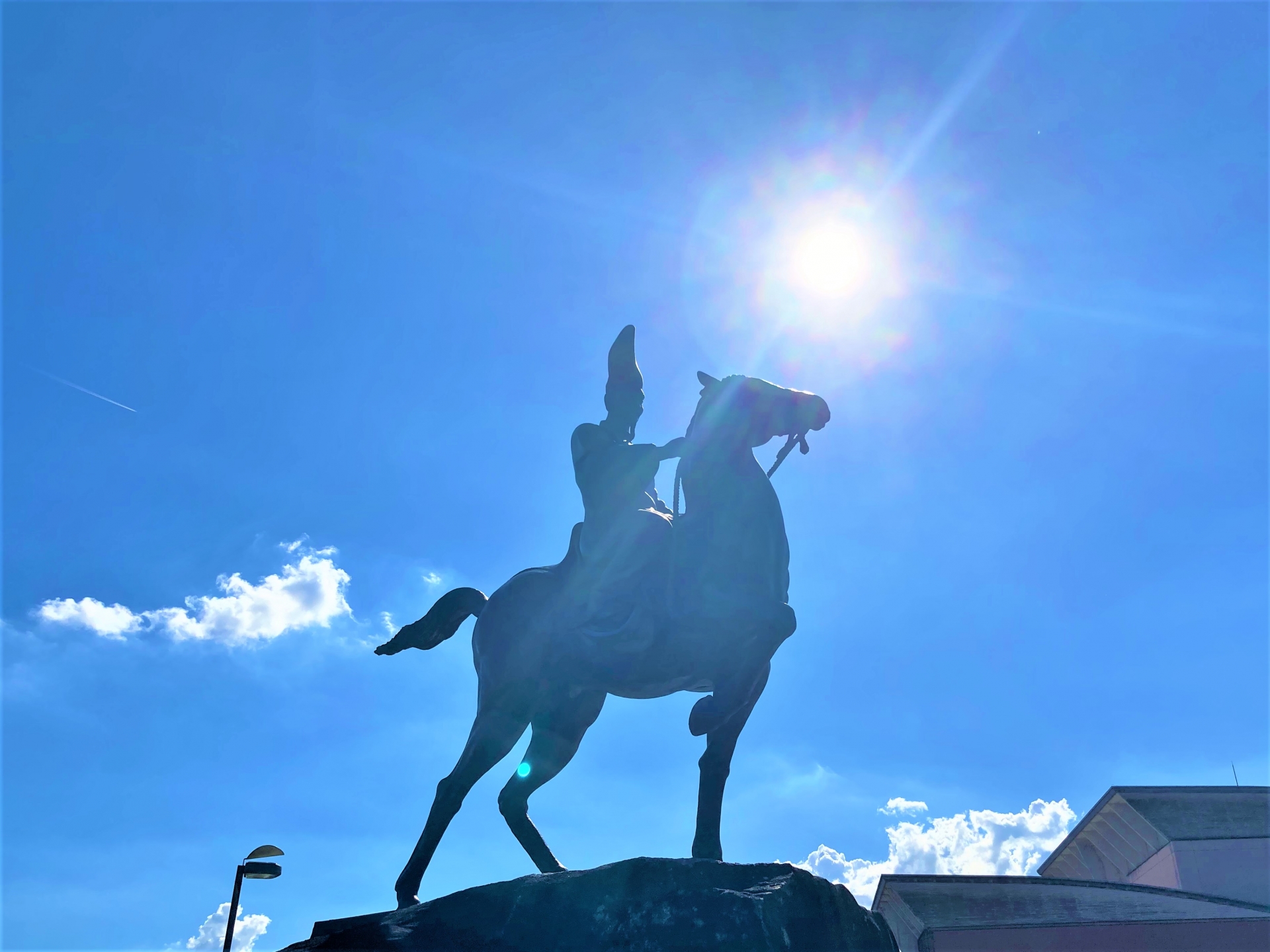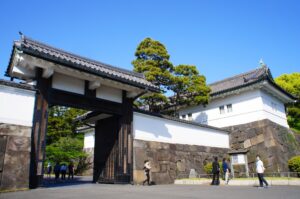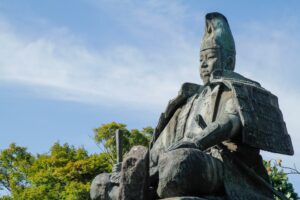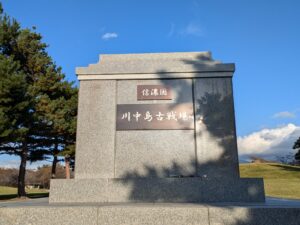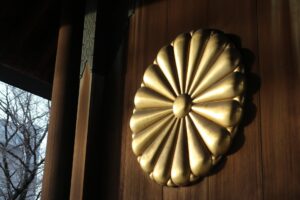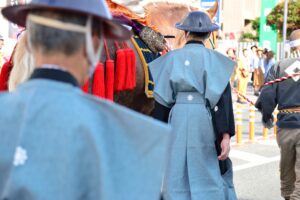Taira no Masakado is one of Japan’s most enigmatic historical figures — a samurai who defied the imperial court in the 10th century and whose legacy continues to haunt modern Tokyo. His transformation from rebel to vengeful spirit to deified guardian reveals deep layers of Japanese culture, politics, and spirituality. This article explores his life, rebellion, death, and the continuing reverence (and fear) surrounding his name.
Who Was Taira no Masakado?
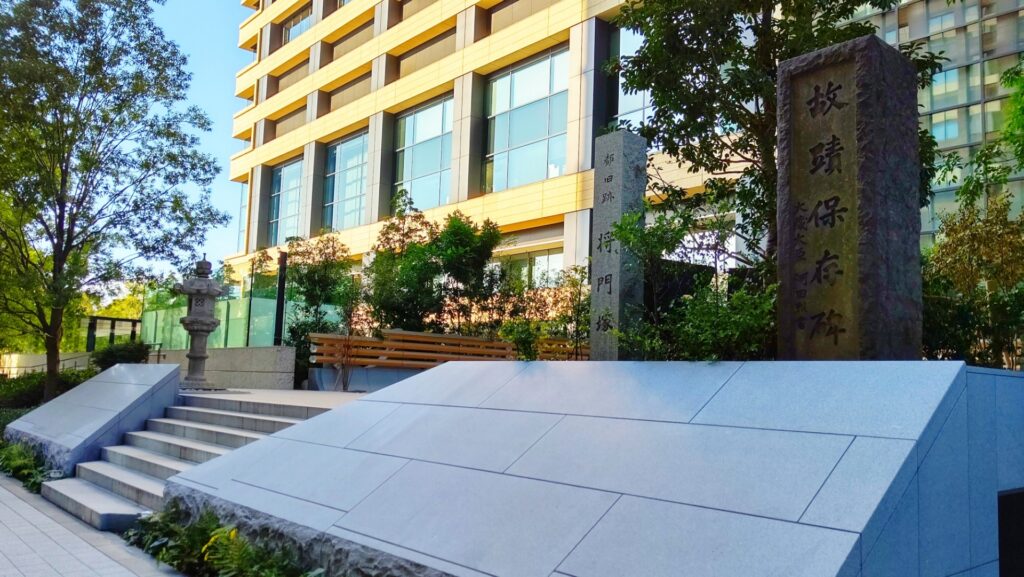
Taira no Masakado was a 10th-century samurai whose name still echoes through Japan’s cultural memory. Born in the early Heian period (around 903 CE), he was a member of the prestigious Taira clan, descendants of Emperor Kanmu. Despite his noble lineage, Masakado grew up in the provinces, far from the imperial court in Kyoto, and this distance from the political center played a crucial role in shaping his worldview.
The Heian period was marked by growing decentralization. While the court retained symbolic authority, power increasingly lay in the hands of local warrior elites. Masakado’s frustration with the inefficiency and corruption of the central government intensified over time, especially as he became embroiled in regional land disputes and power struggles. These tensions ultimately drove him to defy the court—not merely as a rebel, but as a figure seeking to reshape Japan’s political landscape.
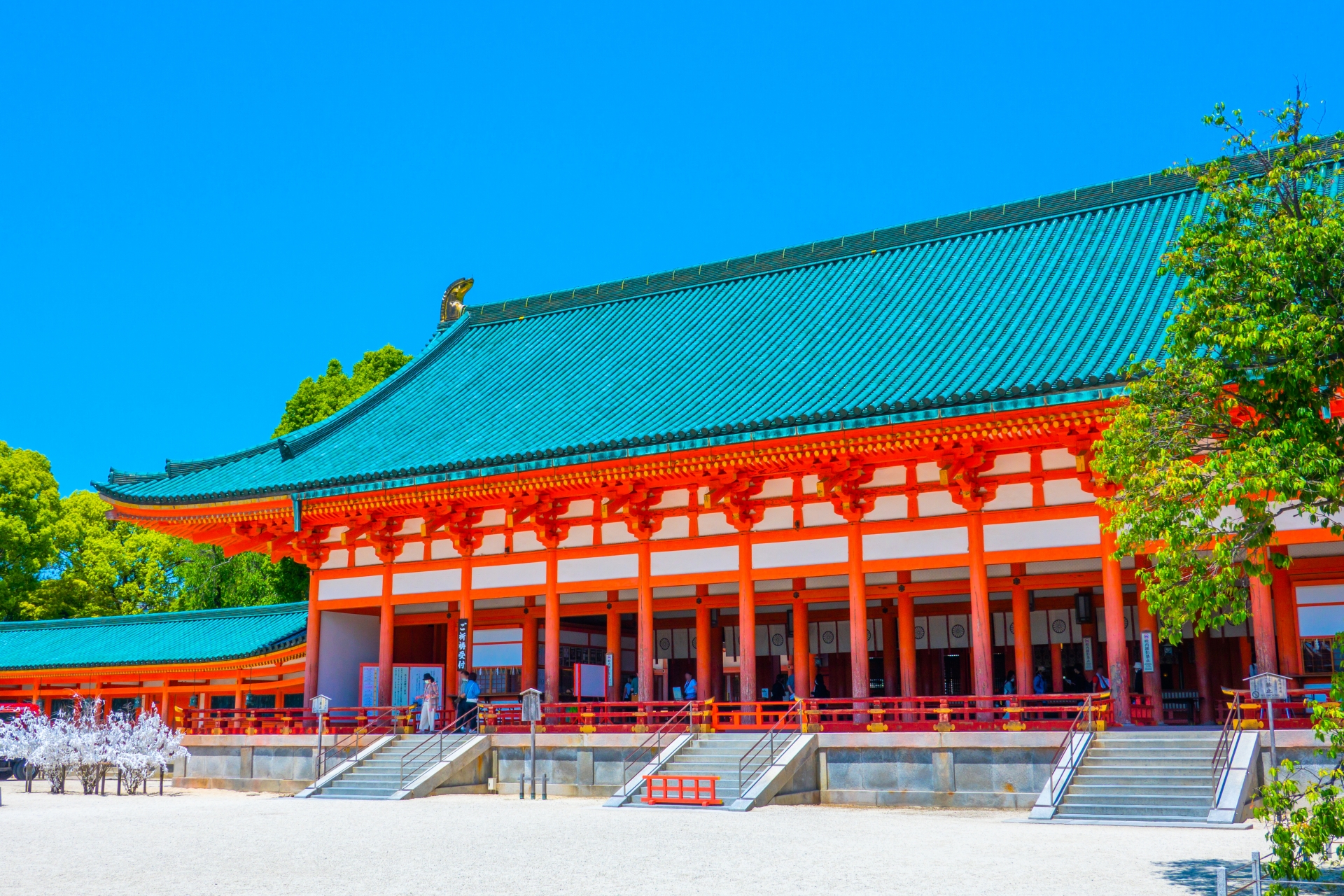
The Masakado Rebellion: A Samurai’s Defiance
In 939 CE, Taira no Masakado launched one of the most famous rebellions in Japanese history. Tensions with rival clans and imperial officials had escalated, and Masakado took bold action: he attacked several provincial headquarters in the eastern Kanto region, eventually proclaiming himself “Shinnō” or “New Emperor.”
This unprecedented declaration directly challenged the legitimacy of the Kyoto court, which saw it as an existential threat. Masakado’s motivations remain debated, but scholars suggest a mix of personal vendetta, dissatisfaction with court governance, and regional ambition. His brief rule in the east marked a proto-federal attempt to establish regional autonomy.
The court responded decisively. They dispatched military forces. In early 940 CE, Masakado was defeated in battle and beheaded. His head was taken to Kyoto and displayed as a warning. However, this was not the end of his story—it was the beginning of a legend.
Death and Decapitation: The Beginning of a Legend
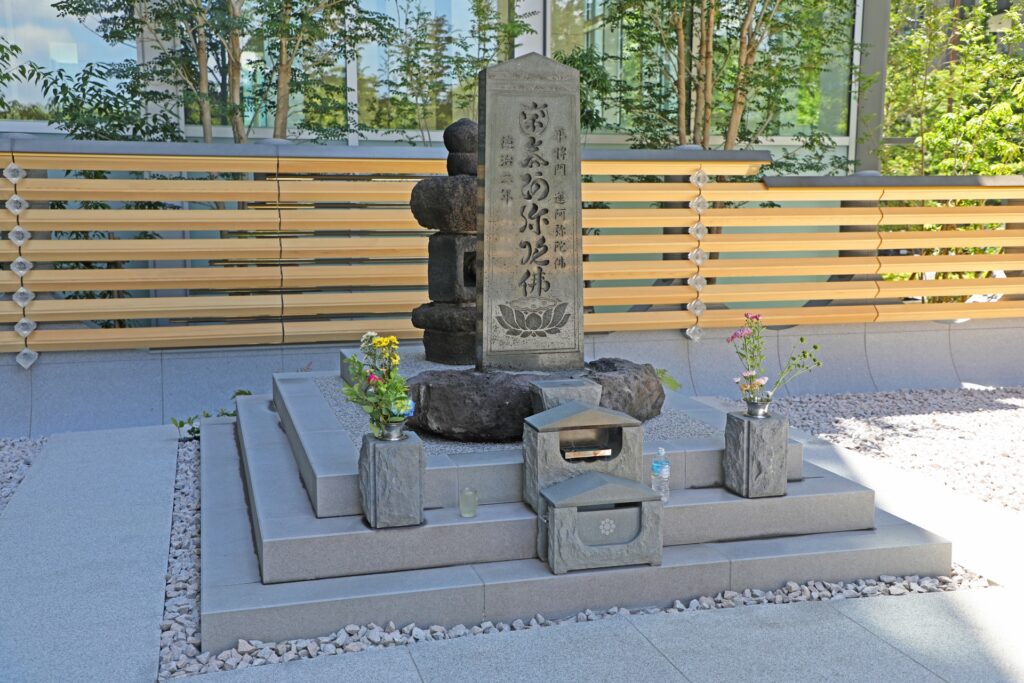
Masakado’s death set the stage for a series of supernatural tales that would define his legacy. After his beheading, legend holds that his head displayed an eerie resistance to decay, and even stranger, that it miraculously flew back to the east, landing in the area now known as Otemachi in Tokyo.
This spot became the location of the famous Kubizuka, or Head Mound, believed to house his restless spirit. Locals reported strange phenomena—lights in the sky, mysterious illnesses, and even deaths—all attributed to Masakado’s angry soul. These early stories planted the seeds for his evolution from disgraced rebel to powerful onryō, or vengeful ghost.
These myths endured for centuries, with each retelling enhancing his spiritual stature. The eerie elements of his tale—a flying head, a wrathful ghost, unexplained misfortunes—cemented Masakado as one of Japan’s most feared spectral figures.
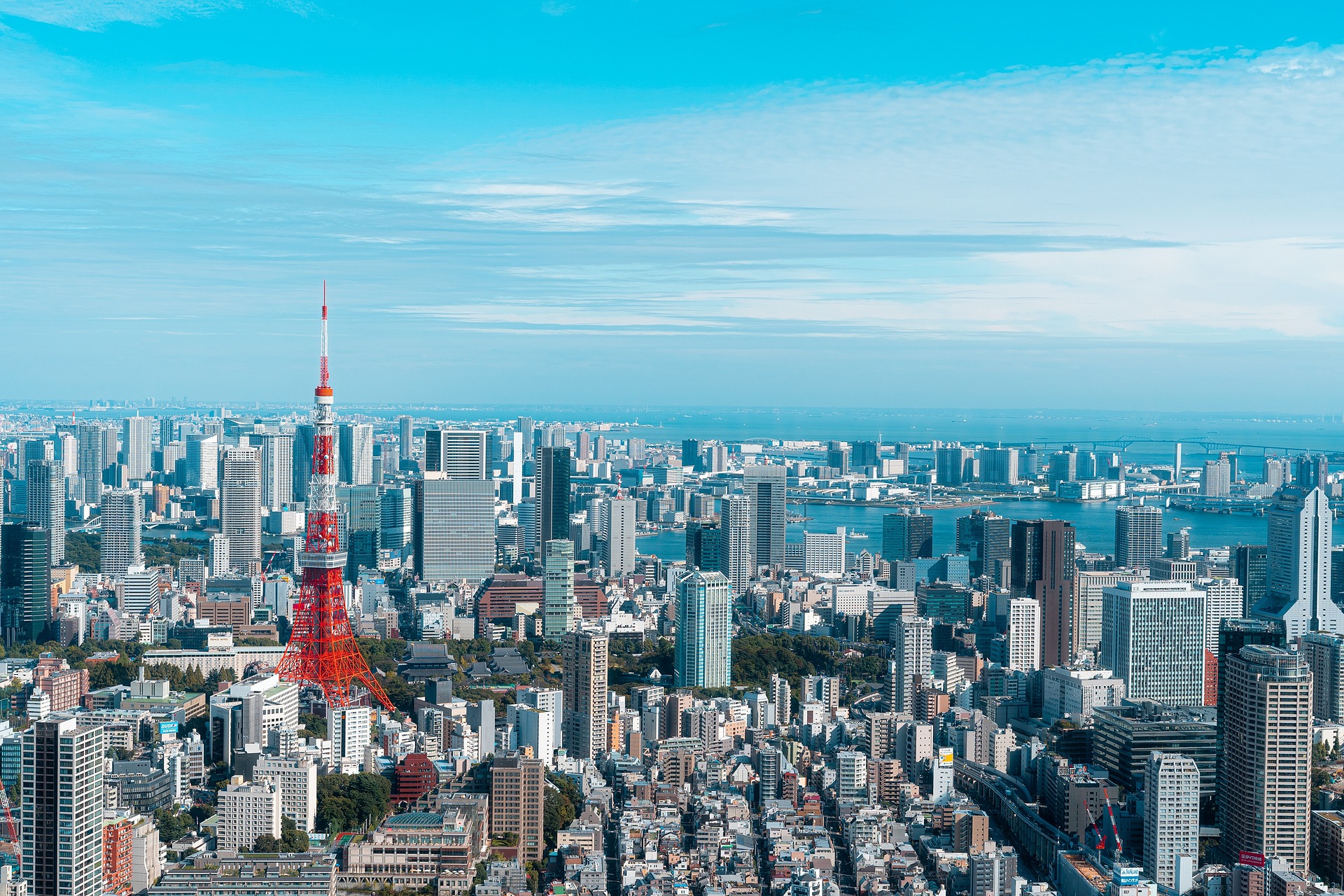
From Rebel to Kami: How Masakado Became a God
In Japanese folklore, the concept of onryō refers to a vengeful spirit wronged in life and feared in death. Masakado epitomized this idea. As misfortunes piled up around the Kubizuka—earthquakes, fires, political upheavals—local officials and citizens began to see him not just as a ghost, but as a spirit requiring appeasement.
Over time, the local belief shifted: instead of suppressing Masakado’s spirit, perhaps it was better to honor it. This led to his deification at Kanda Myojin Shrine in Tokyo, where he is still revered as a protective deity. Worshippers pray to him for business success, safety, and guidance, highlighting the dual nature of Japanese kami: beings who can harm or help depending on how they are treated.
Notably, various modern disasters, such as the 1923 Great Kanto Earthquake and even post-WWII construction accidents near the Kubizuka, have been superstitiously linked to the disturbance of Masakado’s resting place. These events only intensified the reverence and caution surrounding his legacy.
The Haunted Sites of Tokyo: Visiting Masakado’s Grave
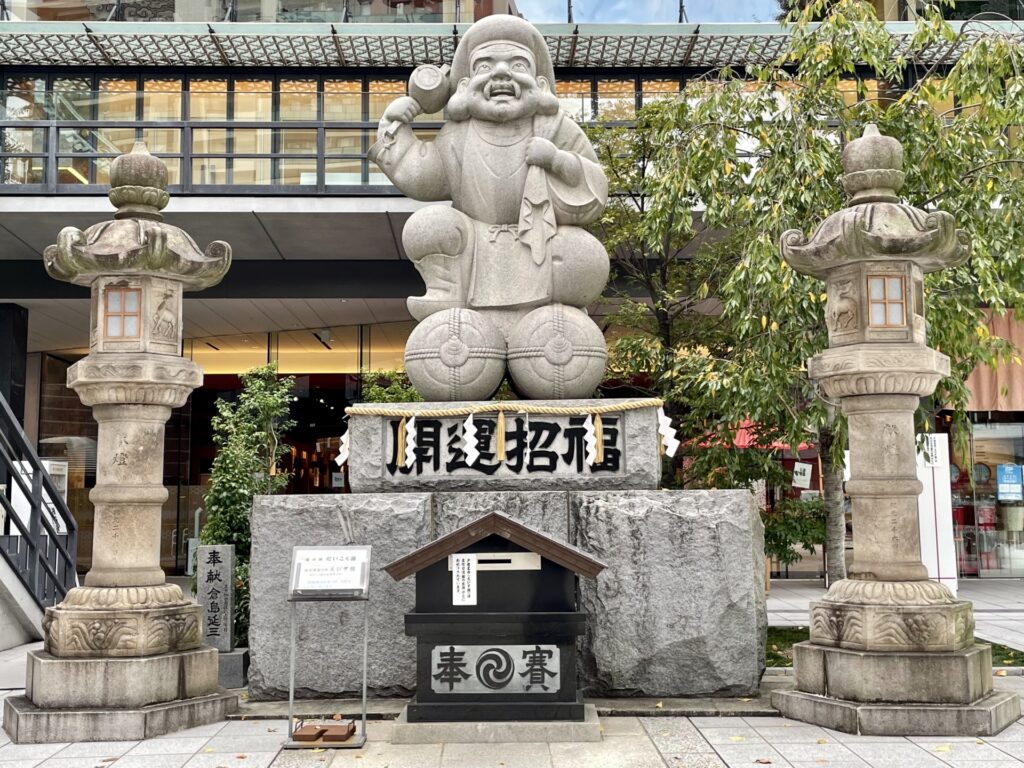
One of the most famous Masakado-related locations is the Kubizuka (Head Mound) in Tokyo’s Otemachi district. Nestled among skyscrapers, the site exudes an eerie calm. Though small and unassuming, it remains a place of deep spiritual significance and quiet fear.
The mound is a short walk from Tokyo Station and Otemachi Station, making it easily accessible. Visitors are expected to be respectful—no selfies, no loud behavior, and no touching the site. Locals, including corporate workers from nearby buildings, still leave offerings to placate his spirit.
Notable incidents connected to the site include the deaths and accidents of government officials during attempts to relocate the mound, especially in the postwar era. These stories have elevated the Kubizuka to legendary status among Japan’s haunted locations.
Key Masakado-related Sites in Tokyo:
- Kubizuka (Otemachi) – Alleged resting place of his head.
- Kanda Myojin Shrine – Shrine enshrining Masakado as a protective kami.
- Tsukudo Shrine – Associated with his former residence.
- Shomyoji Temple (Yokohama) – Houses relics and related lore.
Masakado in Pop Culture: Anime, Games, and Literature
Taira no Masakado has transcended history to become a symbol in modern pop culture. He has appeared in various anime, manga, novels, and video games, often depicted as a tragic or vengeful figure imbued with spiritual power.
In the popular mobile game Fate/Grand Order, Masakado is referenced as a powerful and dangerous spirit. Manga and anime series dealing with Japanese folklore or the supernatural frequently nod to his legend, presenting him as a ghostly force or ancient warrior.
Even in literature, authors have drawn parallels between Masakado and modern resistance heroes, symbolizing rebellion against oppressive power. However, due to his association with nationalism and wartime spiritualism, some portrayals have faced censorship or controversy, particularly during the early Showa period.
Comparative Legends: Masakado and Other Deified Rebels
Masakado is not alone in Japan’s pantheon of deified rebels. He shares striking similarities with figures like Sugawara no Michizane, a scholar-politician who was wronged by the court and later deified as Tenjin, and Emperor Sutoku, whose tragic downfall led to his enshrinement as a fearsome spirit.
All three figures represent a common Japanese theme: the transformation of powerful, vengeful souls into protective deities. This religious syncretism blends Shinto and Buddhist concepts, where appeasing an angry spirit elevates it into a guardian kami.
Comparative Chart:
| Name | Life Period | Role | Reason for Veneration | Main Shrine |
| Taira no Masakado | 10th Century | Samurai Rebel | Feared onryō turned protector | Kanda Myojin |
| Sugawara no Michizane | 9th Century | Scholar Official | Victim of court politics | Dazaifu Tenmangu |
| Emperor Sutoku | 12th Century | Exiled Emperor | Symbol of divine retribution | Shiramine Shrine |
Was Masakado a Traitor or a Hero?
Historians remain divided on Masakado’s legacy. Some view him as a mere power-hungry warlord who sought to usurp imperial authority. Others argue he was a proto-nationalist, fighting for regional autonomy and justice in a system skewed toward the elites in Kyoto.
Academic debates often explore whether Masakado’s rebellion was an isolated act of defiance or a reflection of broader systemic dissatisfaction in the provinces. While traditional chronicles paint him as a villain, later folklore and local narratives recast him as a misunderstood hero who challenged a corrupt status quo.
Ultimately, how one sees Masakado—as traitor, hero, spirit, or god—depends on perspective. His story invites reflection on power, justice, and the thin line between rebellion and revolution.
Final Thoughts: Why Masakado’s Story Still Matters Today
The tale of Taira no Masakado resonates far beyond ancient scrolls and dusty temples. It remains embedded in Tokyo’s spiritual topography and in the popular imagination of both Japanese and global audiences. His transformation from defiant samurai to divine protector mirrors Japan’s unique approach to history, where rebels are not erased but often revered.
Masakado’s story matters today because it reflects timeless questions: What is justice? Who defines loyalty? How do societies remember those who resist? Whether feared, worshipped, or fictionalized, Masakado continues to influence how we understand the complex dance between history, myth, and identity.
For those intrigued by his legacy, a visit to the Kubizuka or Kanda Shrine is more than sightseeing—it is a journey into the spiritual heart of Tokyo, where history and legend converge.

